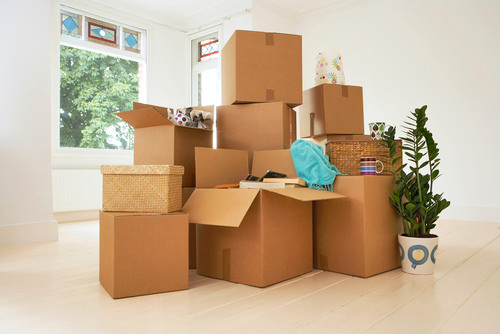Packing and unpacking are arguably the most time-consuming and labor-intensive parts of moving. Whether you’re relocating to a new home or simply reorganizing, knowing the best strategies for packing and unpacking can make the process much smoother. This guide provides essential tips and tricks to help you pack and unpack efficiently, ensuring a stress-free move.
Planning and Preparation
1. Start Early
The key to a successful move is to start packing as early as possible. Procrastination can lead to a rushed, chaotic packing process. Begin by packing non-essential items and gradually work your way towards the essentials.
2. Create a Packing Plan
A detailed packing plan will keep you organized. Make a list of all the rooms and areas that need to be packed, and set a timeline for each. Prioritize items you rarely use, such as seasonal clothing or decorative items, and leave everyday essentials for last.
3. Gather Packing Supplies
Ensure you have all the necessary packing supplies before you start. These include:
- Sturdy boxes of various sizes
- Packing tape
- Bubble wrap
- Packing paper
- Scissors
- Markers
- Labels
Having everything you need on hand will prevent interruptions and keep the packing process smooth.
Packing Tips
4. Declutter First
Before you pack, declutter your belongings. Decide what to keep, donate, sell, or throw away. Moving is a great opportunity to get rid of items you no longer need or use. This will also reduce the number of items you have to pack and unpack.
5. Pack Room by Room
To stay organized, pack one room at a time. This method helps you keep track of your belongings and makes unpacking easier. Label each box with its contents and the room it belongs to.
6. Use the Right Packing Techniques
- Heavy Items in Small Boxes: Pack heavy items like books in smaller boxes to make them easier to lift and carry.
- Light Items in Large Boxes: Fill larger boxes with lighter items like linens and pillows.
- Protect Fragile Items: Wrap fragile items individually in bubble wrap or packing paper. Use dish packs for kitchenware and add extra padding to prevent breakage.
- Don’t Overpack Boxes: Avoid overpacking boxes to prevent them from breaking or being too heavy to carry.
7. Label Everything
Clearly label each box with its contents and the room it belongs to. Consider color-coding boxes by room to make the unloading and unpacking process more efficient.
Unpacking Tips
8. Unpack Essentials First
Start by unpacking your essentials box, which should contain items you’ll need immediately, such as toiletries, a change of clothes, basic kitchen supplies, and important documents. This will make your first day in your new home more comfortable.
9. Unpack Room by Room
Just like packing, unpacking room by room helps you stay organized. Begin with the most essential areas, such as the kitchen and bedrooms, and gradually move to less critical spaces.
10. Set Up Furniture First
Arrange your furniture before unpacking smaller items. This will give you a better sense of space and help you decide where everything should go. Once the furniture is in place, unpack and arrange items accordingly.
11. Stay Organized
Keep the unpacking process organized by breaking it down into manageable tasks. Focus on one box or one area at a time to avoid feeling overwhelmed. Use your packing plan as a guide to track your progress.
Special Considerations
12. Packing and Unpacking Electronics
- Pack Electronics Carefully: Use original packaging if available. If not, wrap each item in bubble wrap and pack in sturdy boxes with plenty of padding.
- Label Cords and Accessories: Use zip-lock bags to keep cords and accessories organized. Label each bag to identify which device they belong to.
- Take Photos: Before disconnecting electronics, take photos of the setup. This will make reassembly easier in your new home.
13. Handling Fragile Items
- Use Plenty of Padding: Ensure fragile items are well-protected with bubble wrap, packing paper, or foam peanuts.
- Mark Boxes as Fragile: Clearly label boxes containing fragile items and inform movers to handle them with care.
Tips for a Stress-Free Experience
14. Take Breaks
Moving is physically and mentally demanding. Take regular breaks to rest and recharge. Staying hydrated and eating well will help maintain your energy levels.
15. Ask for Help
Don’t hesitate to ask friends, family, or professional movers for help. Extra hands can make the packing and unpacking process much quicker and less stressful.
16. Stay Positive
Moving can be overwhelming, but maintaining a positive attitude can make a big difference. Focus on the exciting aspects of your new home and the fresh start it represents.
Conclusion
Packing and unpacking don’t have to be daunting tasks. With careful planning, organization, and the right techniques, you can make the process smooth and efficient. By following the tips in this guide, you’ll be well-prepared to tackle your move with confidence and ease.
Remember, the key to a successful move is to start early, stay organized, and take it one step at a time. Happy moving!
